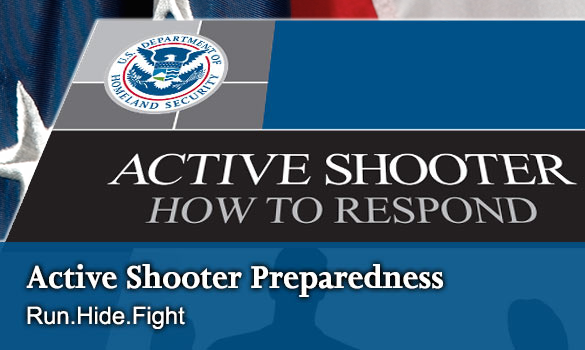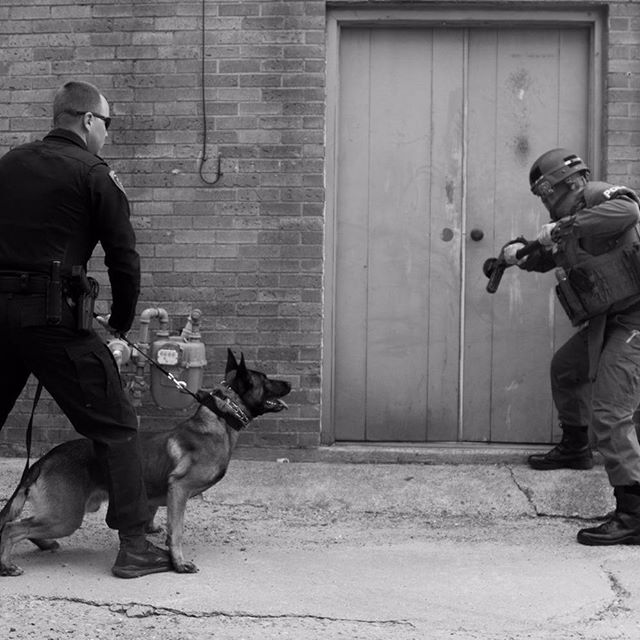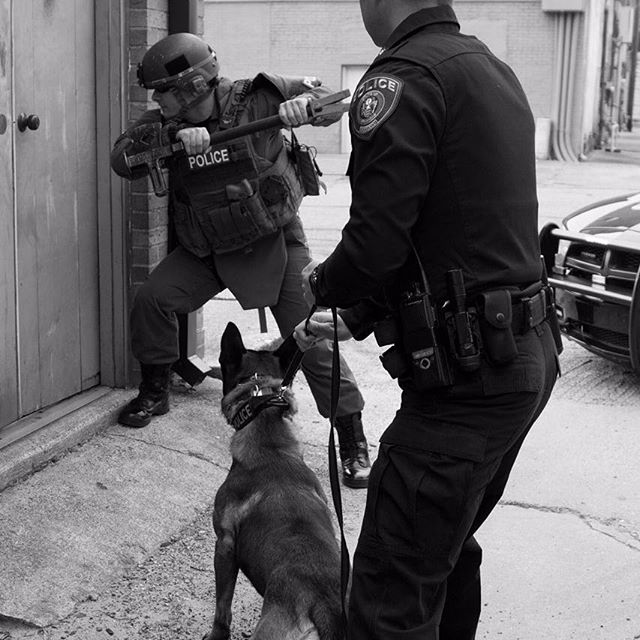It seems like after every mass casualty event induced by human violence, the experts and professionals, wanna-be experts, and keyboard commandoes ask the logical questions, post the usual memes, engage in black-and-white debates, and of-course the media and political factions push their agenda. I’m pretty sure Chesty said “How about a nice cup of shut the f*ck up,” but some of these comments make me want to brew a whole pot.
Some of this can be productive, some annoying, and some downright pointless. Majority of the discussion centers around either the gun control issues, or response to an active shooter event. A fair amount looks at the alleged shortcomings of the public safety community and then there is the mental health point, and how effectively the American society is currently handling it. All of this is post facto and almost cliché-ish, as the number of these events has seemingly increased in frequency, and sadly is the misguided popularity of the topics which surround them. I propose that we look into what are truly the limits and solutions of the equation. More importantly, I challenge the real professionals, leaders, sheepdogs, and educators to step up and implement solutions which address what can actually be done to mitigate and prevent the loss of life.
Photo from the DHS active shooter response guide available to the public.
To arrive at any potential solution, we have to appreciate where our society is comparable to others, and where it is not. American structure, psyche, ignorance and understanding are all unique in many respects. Whether criticizing our mental health system, or praising gun control measures, its clear that other countries with similar factors may have entirely different outcomes. For example, Canada or Australia can draw distinct similarities. However, we can not preach hard enough nor arrive at the desired result fast enough if we compare US to Israel, a country which has learned on every experience at cost and through conflict which most Americans could not appreciate.
The obvious scrutiny and in some cases praise, goes to gun control. “If someone would have been armed,” or “if the laws weren’t so lax.” We can go around all day, and hardly separate what’s important from what is politically biased. How about we leave it alone? How about we appreciate that 2nd Amendment is as it is, and “what-ifs” only cloud the solution. With that said, America is a violent society, and in large part a society of ignorance.
We want the movies, video games and transparent policing, but don’t take into account the effect this exposure has. We want more effective law enforcement agencies but refuse to give them the tools to be so. We want safe schools but stop at social media to take our argument to a productive solution. I can only site Lt. Col Grossman, and his extensive work in “Stop Teaching Our Kids How to Kill.” But expecting those who dish out the criticism to approach this from an educational perspective is probably too much.
The recent incident brought to light the shortcomings with the approach to mental health. Yet in criticizing that system, the critics still defer to those who are expected to clean up after poor parents, limited counselors, and then some – our police. As any “system”, the mental health system in the US is overloaded and short on resources. Cops can’t simply commit a person, and have to follow a very strict criteria when offering mental health resources against someone’s will.
We can’t, despite some arguable benefits, lock up those who we presume to be criminally insane or violent. To do so would deny the Due Process, Constitution and set us centuries back. We can’t force practitioners and shelters to accept at-risk segments of the population, when the needed resources don’t exist, or the person who needs the help isn’t willing to accept it. On the other hand, programs, public agencies and non-profits are hard at work filling the gap where the system fails. But it is beyond the scope of a meme for those who are quick to criticize to look into that information.
So what are the solutions? Where can progress be made if we take any of the above for granted? First and foremost, there has to be a cultural change. A shift in paradigms and thinking. Does anyone else think its is inexcusable that these events are a primary caveat for change, when we knew full well how to be better prepared in the first place? Should we not approach it as “preparation for an active shooter” versus as a “response to an active shooter?” It took years to learn the hard lessons for cops to be outfitted with proper equipment, necessary weapons and training.
A simple tourniquet implementation took time to prove at meetings, convincing administrators and budgeteers, and lives lost. The profession had to undergo a cultural change. While the adaptation has been made on that end, the society stayed behind. Whether it’s a terrorist threat, lone attacker or multiple adversaries, the American society has to accept what the threats are and what it truly takes to address them. The populous by and large and any specific jurisdiction as a whole has to appreciate that these lessons are in front of us and have to be adopted. The debriefs should almost be publicly available as after-action reports, rather than Hollywood interpretations. So if you have an opinion which supports this notion, you can facilitate the change.
Target hardening is also not a novel idea. Look around, and you will discover that it is an everyday occurrence in building design. It is easy enough to upgrade even an old school, with basic things such as entry and exit point modifications, dedicated reinforcement points, methods of communication among students, school officials and first responders, aid kits, and practice drills. And some of the elements of this target hardening probably should not be available to a public audience. It is no more expensive nor time consuming for designers of new structures and public areas to consult with a security or law enforcement professional before building.
But someone has to do it. Someone has to step up and say that looking the other way will not pay off. That paying for lives is more costly than paying for locks, radios, training and bandages. If you’re that parent, passer-by or 2A supporter who wanders or looks twice – look three times. Then take an extra lap around the school, office or your neighborhood. You are making it a harder target.
Educate. If you are a professional with a feel for any level of expertise relevant to the solution – share it. If you think you know but are not sure, get more information and share that. If you are a true professional, you have an obligation to reach out, convince, and deliver the training to those who need it. Whether its training your friend how to shoot and carry in a responsible manner, convincing your school district that they need more first aid training, telling your Chief that you organized a community meeting or pushing yourself to get to that extra level of competency – you need to do it. If you are a Sheepdog – be a f**king Sheepdog! The thinking days of “I am just one person” have to be over. If you plant the idea, someone else may persuade. If you help secure the equipment, someone else may deliver the training, and if one person speaks up at a town hall meeting, eventually half the town will. But someone has to start. In the words of a wise man: “No one is coming. It is up to us.”
All images from our bro Kurt Delia of Delia Tactical
*The views and opinions expressed on this website are solely those of the original authors and contributors. These views and opinions do not necessarily represent those of Spotter Up Magazine, the administrative staff, and/or any/all contributors to this site.





